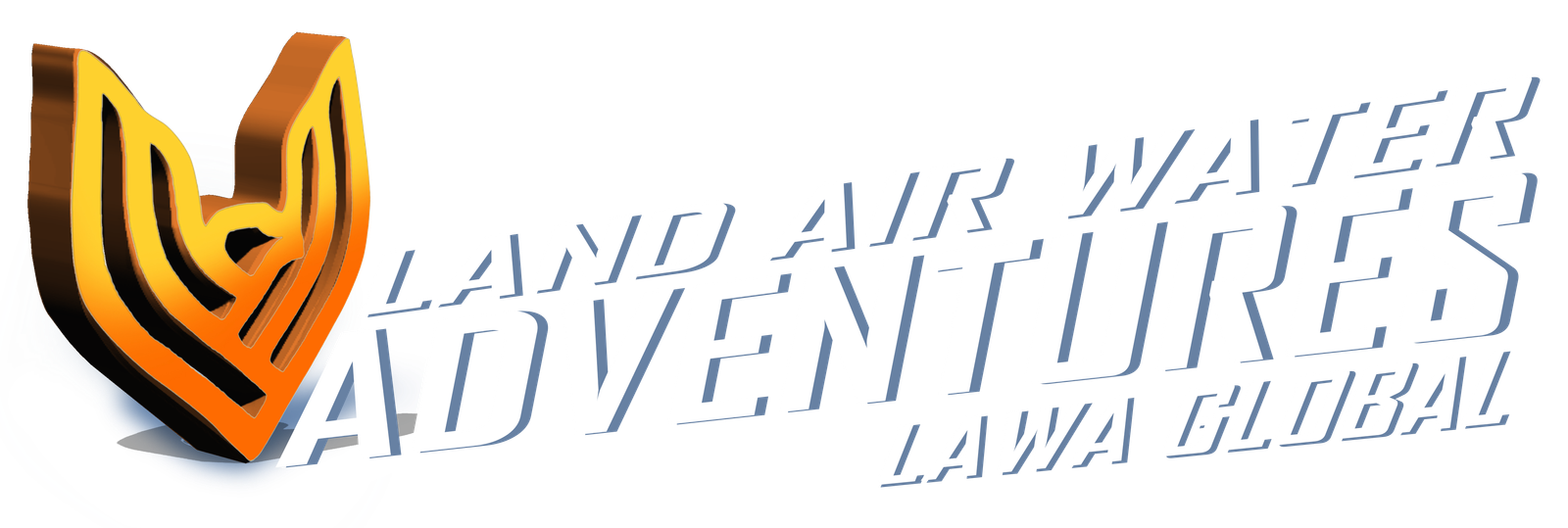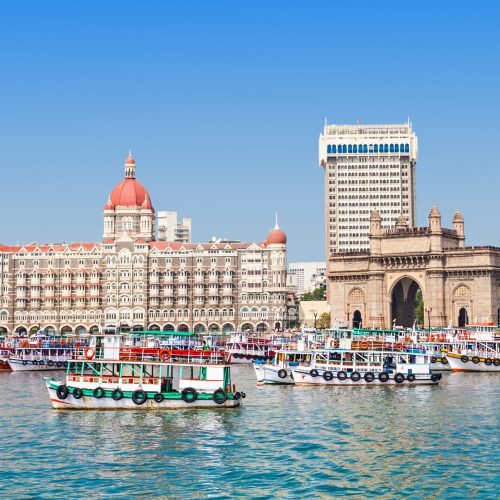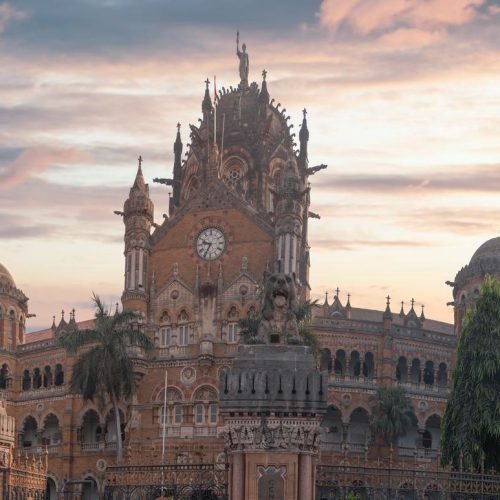This is what most of the trekkers ask while coming to Kashmir Great Lakes
Trek. Remember this trek is moderate to difficult. It is not an easy trek. If you are living a sedentary/nonactive life, you need to hit the gym and prepare yourself for this trek.
The trek has long days of walk. It passes over three mountain passes, the trail
is a mix of ascends and descends all along. It has boulder and rugged sections as well where you will be hopping from one boulder to another and you will have to cross the river streams – sometimes walking on the log bridge or fording the stream through it.
The most difficult ascend is the climb to Gadsar Pass. The ascend is sharp and
is the test for stamina and endurance. Immediately after reaching this pass, it
has a steep and long descend and then a long walk in the meadow till the
campsite.
The most difficult descend is on your last day. There is a sharp descend of
around 1000 m which will have stress on your knees, ankles, and toes. This
gives a challenge to most of the trekkers as they are about to finish the trek.
Kashmir Great Lakes gets more difficult during rain. The trail gets blurry and at times vanishes at all. The ascend and descend then gets tricky and you will
have to be extra careful while putting your next step. However, you will be all
safe as Hike the trails adventure Pvt Ltd. Trek leader will guide you through
how to walk and will help you cross the passes. You need to strictly follow his
instructions.
There are boulder sections. You just have to be careful here as well, as the fall
in the boulder section can give you an injury. Especially it gets difficult during
rainy days.
















